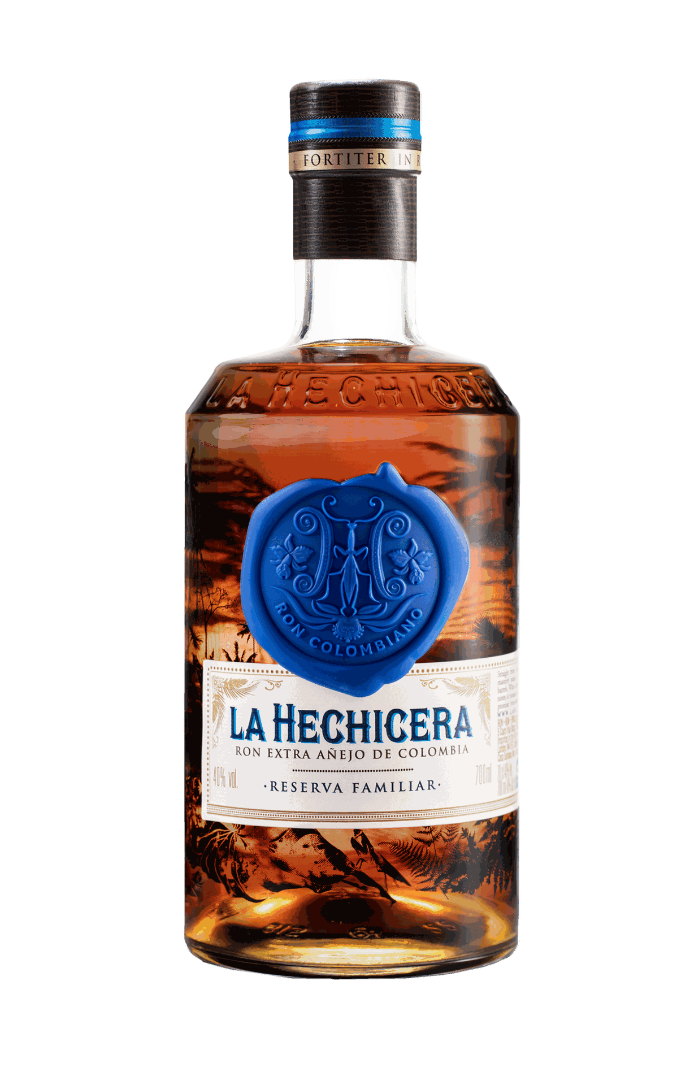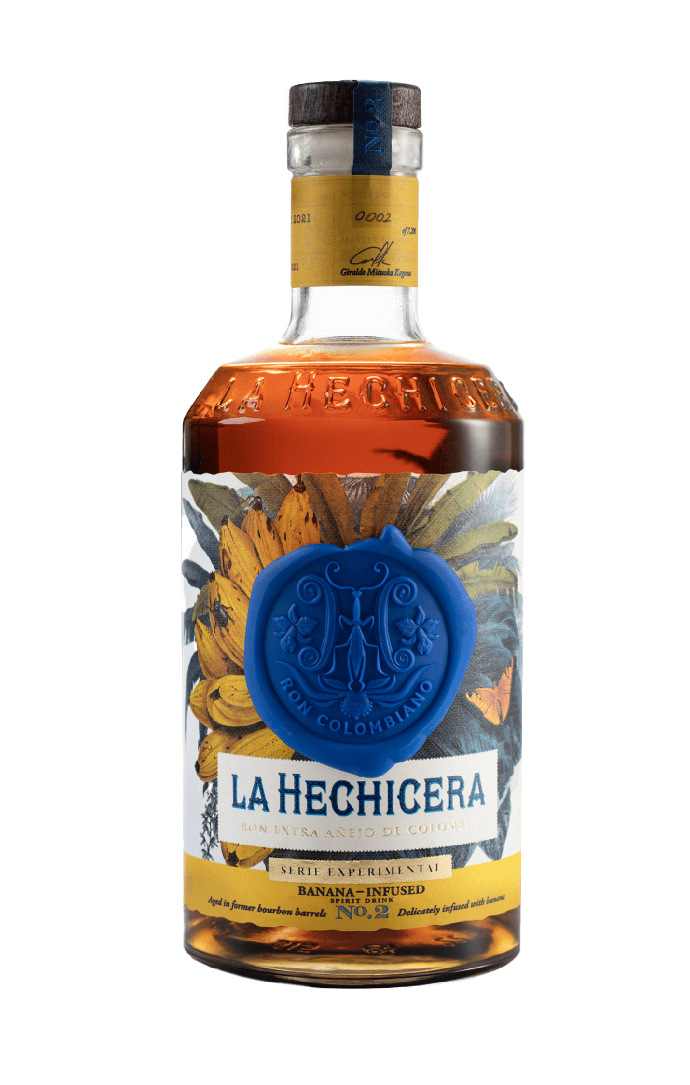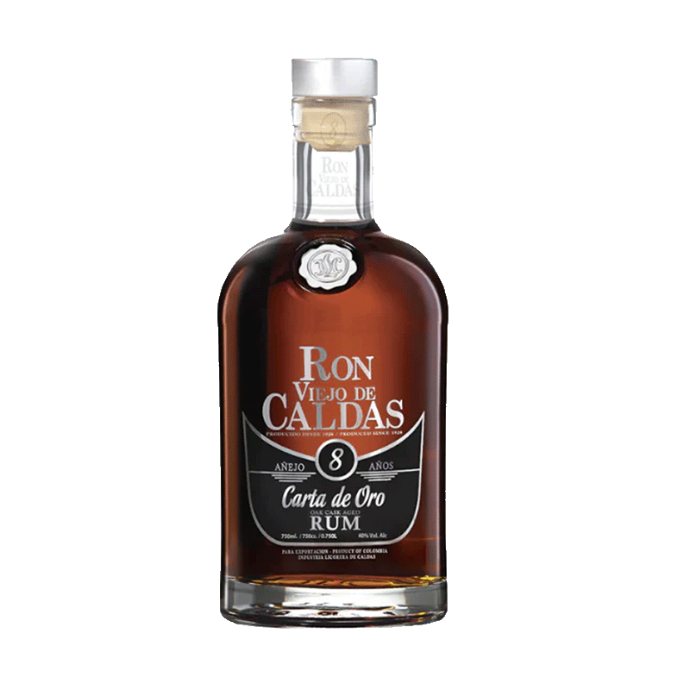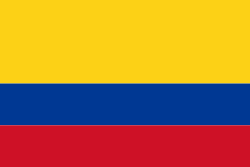Rum tasting Graz 🥃
Production method
Source Wikipedia
Unlike some other spirits, rum has no defined production methods. Instead, rum production is based on traditional styles that vary between locations and distillers.
Harvesting
Sugarcane is traditionally collected by sugarcane machete cutters who cut the cane near to the ground, where the largest concentration of sugars is found, before lopping off the green tips. A good cutter can cut three tons of cane per day on average, but this is a small fraction of what a machine can cut, therefore mechanised harvesting is now utilized.
Extraction
Sugarcane comprises around 63% to 73% water, 12% to 16% soluble sugar, 2% to 3% non-sugars, and 11% to 16% fiber. To extract the water and sugar juice, the harvested cane is cleaned, sliced into small lengths, and milled (pressed).
Fermentation
Sugarcane is harvested to make sugarcane juice and molasses.
Artisanal Rum distillery along the N7 road
Most rum is produced from molasses, which is made from sugarcane. A rum's quality is dependent on the quality and variety of the sugar cane that was used to create it. The sugar cane's quality depends on the soil type and climate that it was grown in. Within the Caribbean, much of this molasses is from Brazil. A notable exception is the French-speaking islands, where sugarcane juice is the preferred base ingredient. In Brazil itself, the distilled alcoholic drink derived from cane juice is distinguished from rum and called cachaça.
Yeast and water are added to the base ingredient to start the fermentation process. While some rum producers allow wild yeasts to perform the fermentation, most use specific strains of yeast to help provide a consistent taste and predictable fermentation time. Dunder, the yeast-rich foam from previous fermentations, is the traditional yeast source in Jamaica. "The yeast employed will determine the final taste and aroma profile," says Jamaican master blender Joy Spence. Distillers that make lighter rums, such as Bacardi, prefer to use faster-working yeasts. The use of slower-working yeasts causes more esters to accumulate during fermentation, allowing for a fuller-tasting rum.
Fermentation products like 2-ethyl-3-methyl butyric acid and esters like ethyl butyrate and ethyl hexanoate give rise to the sweetness and fruitiness of rum.
Distillation
The fermented product is then distilled. As with all other aspects of rum production, no standard method is used for distillation. While some producers work in batches using pot stills, most rum production is done using column still distillation. Pot still output contains more congeners than the output from column stills, so produces fuller-tasting rums.
Ageing and blending
Many countries require rum to be aged for at least one year. This ageing is commonly performed in used bourbon casks, but may also be performed in other types of wooden casks or stainless-steel tanks. The ageing process determines the colour of the rum. When aged in oak casks, it becomes dark, whereas rum aged in stainless steel tanks remains virtually colourless.
Due to the tropical climate common to most rum-producing areas, rum matures at a much faster rate than is typical for whisky or brandy (i.e. achieving a similar level of maturity takes considerably less time). An indication of this higher rate is the angels' share, or the amount of product lost to evaporation. While products aged in France or Scotland see about a 2% loss each year, tropical rum producers may see as much as 10%.
After ageing, rum is normally blended to ensure a consistent flavour, the final step in the rum-making process. During blending, light rums may be filtered to remove any colour gained during ageing. For dark rums, caramel may be added for colour.
There have been attempts to match the molecular composition of aged rum in significantly shorter time spans with artificial ageing using heat and light.
La Hechicera Rum
La Hechicera, hailing from the vibrant Caribbean coast of Colombia, is a rum that captures the essence of its lush and exuberant origins. This fine spirit is a symphony of flavors, aged with care in bourbon barrels that impart a rich complexity to the rum. It's a testament to the art of rum-making, where tradition meets a deep understanding of how wood, spirit, and time harmonize. Each bottle of La Hechicera is a promise of purity, with nothing added between barrel and bottle, ensuring a rum experience that is as authentic as it is luxurious. Celebrated for its boldness and balance, La Hechicera is not just a drink, but a journey through Colombia's diverse and enchanting natural world.
La Hechicera Reserva
A heady scent of toffee and orange peel on the nose followed by a bold burst of flavour on the palate with distinctive notes of tobacco and roasted coffee.
- DRY
- CHARACTERFUL
- SMOOTH

La Hechicera Experimental
La Hechicera rum expertly matured in white oak casts infused with a generous amounts of organic banana flesh.
In a quest to find the ideal balance of flavours we steeped sun-dried bananas in fine aged rum, thus harnessing the intensity of the fruit whilst preserving the integrity of the spirit.
- RICH
- VIBRANT
- SILKY

Viejo de Caldas rum
La reserva natural de la Industria Licorera de Caldas conserva tres secretos de sus productos: El Agua Manantial (parte alta de la cuenca del Rio Chinchiná) con que se elaboran sus productos, La Madera (del Roble Blanco Colombiano Quercus humboldtii) con la cual se elaboran los toneles para el añejamiento y La Altura (entre los 2200 y 2700 m.s.n.m) a la cual se producen y añejan los licores de Caldas; Un busque del entorno del Volcán Nevado del Ruiz que hace parte fundamental del corredor biológico de Rio Blanco, valores agregados de los secretos de los licores de Caldas.
Actualmente la Industria Licorera de Caldas por medio de la conservación de su pulmón verde denominado Reserva Natural, ha alcanzado en los últimos años mitigar los gases efecto invernadero convirtiéndose en una empresa carbono neutro, asociado a los lineamientos del cuidado y manejo del agua con su huella hídrica.
Viejo de Caldas 8 years rum
High-quality Colombian rum aged for 8 years in American white oak barrels. Crafted with premium natural ingredients, including pure spring water from Colombia’s forests, this rum offers a smooth and balanced drinking experience. It has a unique flavour and aroma, making it a delightful choice for rum enthusiasts.
With its woody, toasted flavour with acidic fruity, herbal and coconut notes, this rum is an experience for the most refined palates.
- CREAMY
- CHARACTERFUL
- SMOTH



